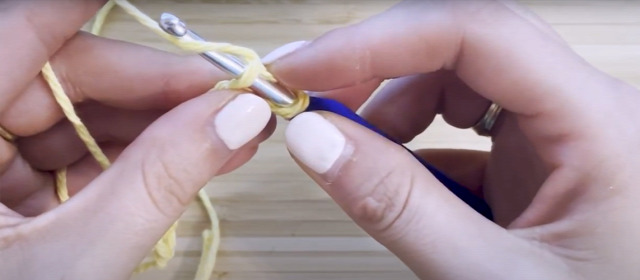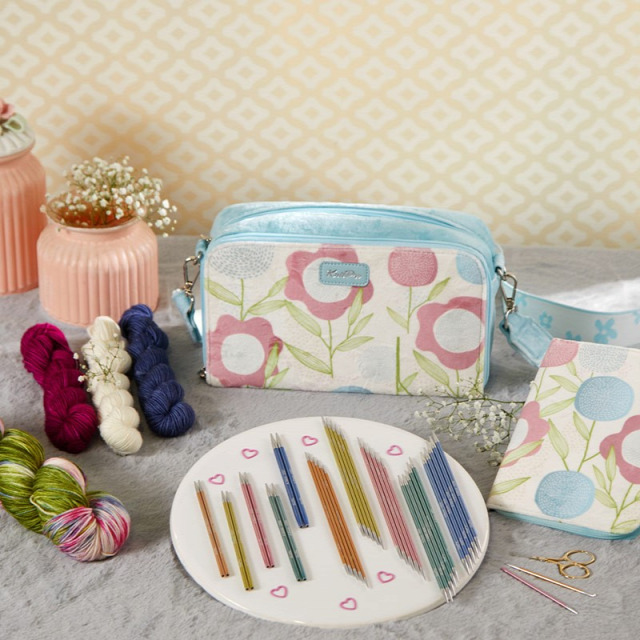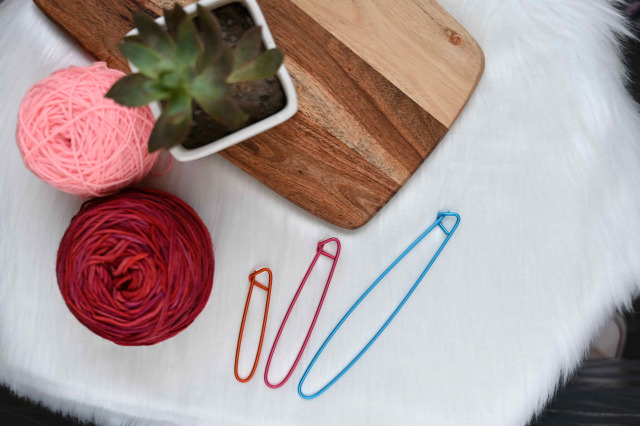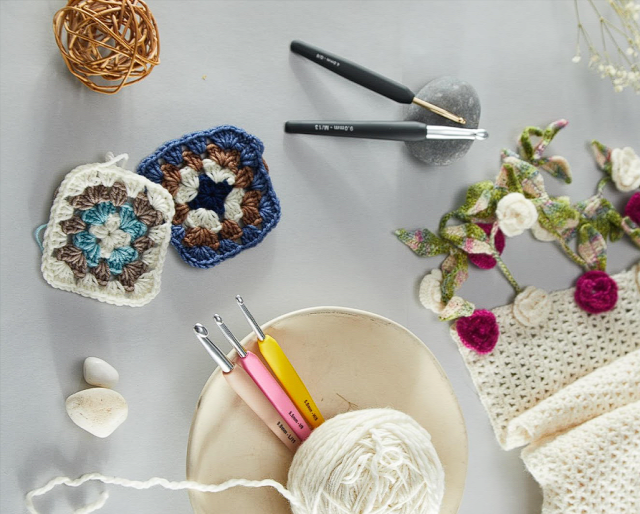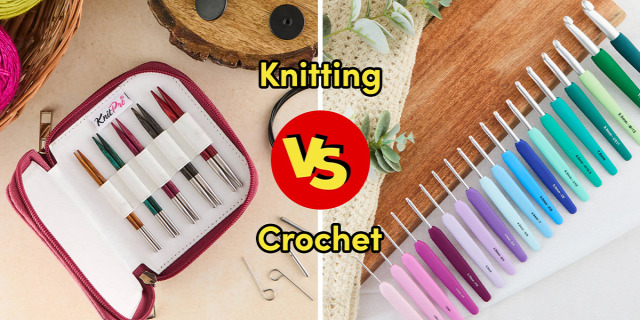
As the fall season is here and the air gets colder, there's nothing better than cozying up with a cute, beautiful baby blanket. It is a fun and versatile project to work on. You will find immense joy when you see a baby snuggled in one. Whether you choose crochet or knit, you can easily create a baby blanket and a perfect fall project. For this amazing project, you need soft yarn and knitting needles or crochet hooks. But which method is the best one? Should you knit or crochet baby blankets? Let’s discuss this in this blog.
As you know, the choice between the two techniques depends on the type of baby blanket you want to make, skill, time, and preference.
Let’s break down this into small steps:
Step 1: The blanket size
Baby blankets are available in different sizes; therefore, before you start your project, decide on the blanket size.
However, there are some common sizes that you can check.
- The standard baby blanket size is 36 in x 36 in.
- Swaddle: 48 in x 48 in.
- Throw blanket: 52 in x 60 in.
Step 2: Make sure you have the best yarn
Cotton and wool are the popular choices among crafters for baby blankets. As you know, the yarns are made in different styles classified by weight or the thickness of the strands. The outcome depends on the fabric and drape of the baby blanket. If you plan to knit, you need a softer and more delicate yarn that is ideal for wrapping the baby. Due to the stretchy fabric, you get additional comfort.
If you decide to crochet, you need a thicker, more textured fabric. The density of the fabric adds warmth and creates interesting designs, based on the design you choose.
Step 3: Decide between knitting needles or crochet hooks
Knitting needles come in various ranges from US 0 to US 20. Most of the yarn labels mention the needle size; it always depends on the yarn. We recommend that beginners or advanced knitters choose circular knitting needles so that the weight of the blanket can be distributed on the cord.
Crochet hooks come in different sizes, so you can pick any hook for your project, as long as you are comfortable with the tool. You can choose single-ended crochet hooks for the project or Tunisian ones. But if you decide to use an Interchangeable Tunisian crochet hook, it works as a regular hook but when you attach the cord, it is the best tool for Tunisian crochet stitches.
Step 4: A warm baby blanket stitch pattern
A baby blanket can be worked with any simple to textured stitch patterns. Explore our guide on Quick and Easy Knitting for Babies and Toddlers for some cozy stitch patterns.
- Once you know knit and purl stitches, you can master any other basic stitch. When combining the stitches, you can easily create a diverse range of patterns and textures such as stockinette stitch, garter stitch, and rib stitch.
- There are various crocheting stitches, such as chain (ch), single crochet (sc), double crochet (dc), slip stitch (sl st), and treble crochet (tr). The combination of different stitches helps in making more intricate patterns.
What have you decided- knit or crochet?
Both knitting and crocheting create stunning and fantastic baby blankets. However, which one to choose depends on a few factors:
- If you’re looking to save time and want to make a quick project, crochet is the way to go.
- Moreover, for a smoother finish, opt for knitting.
- Furthermore, if you prefer a blanket with bold textures, crochet is your best friend.
- For beginners, crochet is easy, and if you are ready to take up a challenge knitting offers endless opportunities.
- If you are looking to develop your skills, go for knitting.
- Crochet uses more yarn compared to knitting in that case, you need to buy more skeins of yarn.
Whether you plan to knit or crochet your fall baby blanket, the most important thing is to enjoy the process of doing it. As you know, both techniques offer unique advantages, and the result is a cherished, handmade gift that keeps little ones warm as the temperatures drop.


